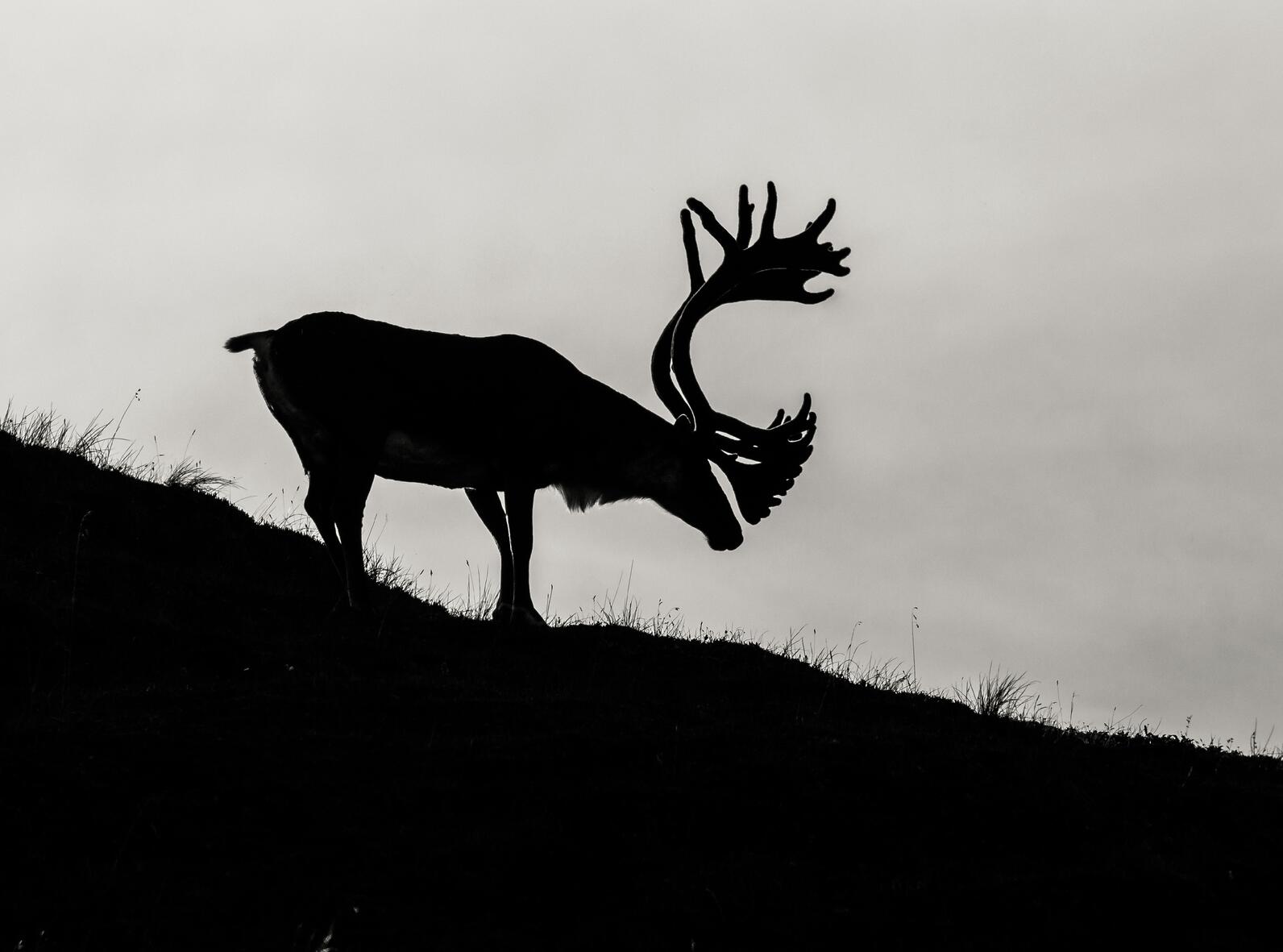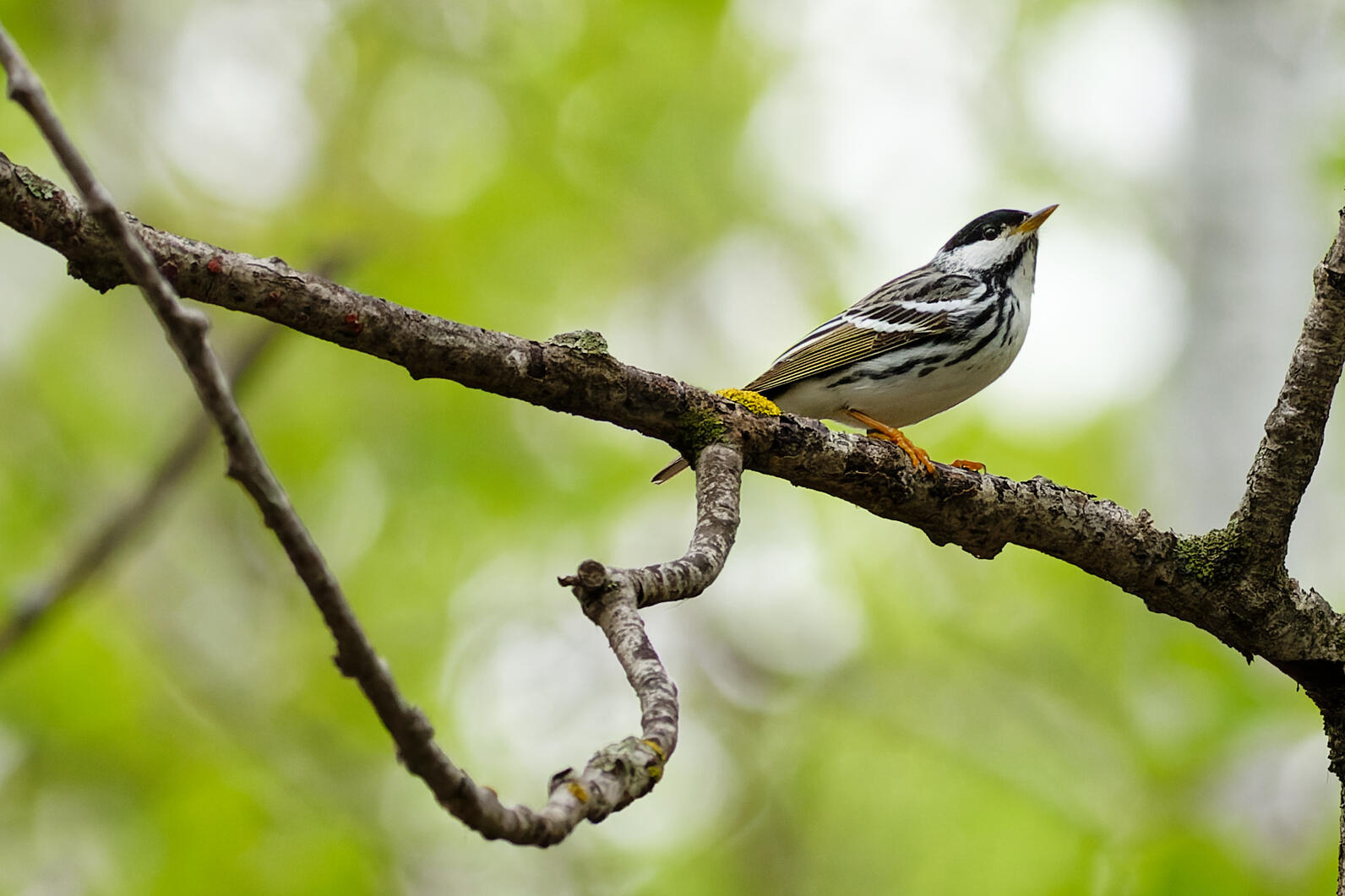On October 13, the U.S. Department of the Interior released a new Supplemental Environmental Impact Statement (SEIS) examining the effects of the proposed Ambler Road on Indigenous communities, clean water, and wildlife in North America’s largest protected and roadless region.
And as with everything in Alaska, there’s a lot to this. Let's dig in.
Where is this happening?
Picture it—Interior Alaska. Near the Brooks Range and Gates of the Arctic National Park and Preserve. Thousands of rivers, streams, and wetlands go for miles in every direction. Close by are salmon and sheefish spawning habitats, the migrating grounds of the 152,000-head Western Arctic Caribou Herd, the Inupiaq villages of Ambler, Shungnak, and Kobuk, and the calls of various bird species.
Now picture a 211-mile long, 415-foot wide industrial road carving through this landscape. That’s the proposed Ambler Road.
The Ambler Access Project would be a private, industrial corridor that would connect Dalton Highway to multiple planned open-pit copper mines. It will cut through Tribal, Bureau of Land Management, and state lands, plus 26 miles of the Gates of the Arctic National Park.

What is Ambler Road?
The project originated in 2009. In 2013, it was transferred from the Alaska Department of Transportation and Public Facilities (DOT&PF) to the Alaska Industrial Development and Export Authority (AIDEA)—a state-owned development bank.
According to the Ambler Access website, AIDEA took on the project “with the goal of forming a public-private partnership to finance, construct, operate, and maintain the controlled industrial access road.”
In 2020, the U.S. Department of the Interior, under the Trump administration, approved federal permits for the road linking the Ambler Mining District to the Dalton Highway. Supporters, according to Anchorage Daily News, claim mineral development and related jobs are good for Alaska’s economy. “Mine development could provide well over $1 billion in state and local government revenue,” a recent article reads, “and deliver minerals such as zinc and cobalt used in clean energy hardware like wind turbines and rechargeable batteries, supporters say.”
In 2022, the federal approvals for the road were remanded for review by the Biden administration. Finally, on October 13, 2023, the Interior issued a SEIS examining the possible effects of Ambler Road, prompting a 60-day comment period.
Things did not start off well for the project. On October 17, Doyon Ltd., an Alaska Native corporation and the state’s largest private landholder, sent a letter to AIDEA canceling the land-access agreement—effectively knocking out about 10 to 12 miles of the proposed 211-mile route.
"We are giving you notice in order that AIDEA's team may plan its summer 2024 season efficiently knowing that it will not be allowed to access Doyon lands,” the letter reads.

Why is the road a problem?
There has been heavy resistance to the road—mostly about subsistence, pollution, and cost—from Tribes and opponents, plus residents from the region.
Tribes who have passed resolutions in opposition to Ambler Road include 73 Tribes and First Nations on the Yukon River watershed, which was affirmed in the 2019 Yukon River Inter-Tribal Watershed Council resolution. Then 37 Tribal governments in the Tanana Chiefs Conference Region passed a resolution in opposition. Twenty-three Yupik Tribes oppose the project, and 10 Inupiaq Tribal Governments oppose, as affirmed in the Norton Sound Inter-Tribal Watershed Council Resolution. Finally, there have been five individual resolutions by Tribes nearest to the proposed road—Evansville Tribal Council, Tanana Tribal Council, Alatna Village Council, Allakaket Village Council, and Huslia Tribal Council.
“We’ve been fighting this road since 2013,” says Chief Frank Thompson of the Evansville Tribal Council.
There has also been advocacy from conservation groups like Defend the Brooks Range—a coalition of Tribal leaders, community and Tribal members, conservationists, and fiscal responsibility advocates supported by multiple organizations, including National Parks Conservation Association, The Brooks Range Council, Northern Alaska Environmental Center, Tanana Chiefs Conference, Winter Wildlands Alliance, Earthworks, Center for Biological Diversity, Pacific Environment, Native Movement, Trustees for Alaska, Alaska Wildlife Alliance, Alaska Wilderness League, and Audubon Alaska.
“Permitting subsidized industrial access for a lottery industry like mining without the informed consent of local Tribes, through a National Park in wildlands north of the Arctic Circle is ethically, economically, and environmentally bankrupt,” says John Gaedeke, Chairman of the Brooks Range Council.
At the start of the current comment period, Tribes and conservationists were more than ready to call on the Biden administration to use its authority to revoke permits for Ambler Road.
“This is the last great wilderness in all of North America, perhaps the Western Hemisphere,” Chief Thompson says. “Our hope is that the Biden administration will protect this place not just currently, but forever.”
Opponents have also been encouraged by the Doyon news.
"Doyon Corporation's decision to withdraw access to their lands to AIDEA puts the proposed Ambler Road in a coffin,” Chief Thompson says. “Now we need to nail the coffin shut.”

Who would the road affect?
The Alaska Native villages of Kobuk, Shungnak, Ambler, Noorvik, and Kivalina sit downstream from where the international mining companies hope to break ground on multiple open-pit mines. However, the Evansville Tribal Council calculates the road and associated infrastructure "will adversely, substantially, unacceptably, and irreversibly affect at least 66 subsistence communities, their resources, and practices, resulting in economic ruin, food shortages, health impacts, disruption of harvesting and sharing practices. and social cohesion.”
Then there’s water.
The Evansville Tribal Council says the “road will fragment, bisect, degrade, pollute, and destroy over 2,000 acres of wetlands and over 50 linear miles of streams”—some of the last clear, running streams without industrial development in the U.S.
“What are you going to do if there’s a spill in the creek? They make it seem like it’s impossible for them to mess up,” says Reba Jones of the Issingnak Tribal Council and a Shungnak City Council member. “But there’s no guarantee that nothing will go wrong. That’s what scares me a lot.”
There’s high concern about how the construction and activity of the road project might pollute the water, yes, but also the air. Again, Evansville Tribal Council has a stat: Trucks are estimated to make 168 round trips per day or 61,320 trips per year. That equates to 51,972 tons of CO2 (equivalent to 11,500 cars) annually.
Overall, if built, Ambler Road could threaten drinking water for Alaska Native Tribes and rural communities. And we haven’t even gotten to biodiversity yet.

What wildlife is at stake?
This part of Alaska—the Brooks Range, Gates of the Arctic National Park, and the surrounding region—is home to the Western Arctic Caribou Herd (which the Alaska Department of Fish and Game recently shared saw a 7% population decline in the past year) and the Kobuk and Koyukuk river fisheries. These are two critical food sources for the surrounding Indigenous and rural communities. The area also boasts some of the world’s most rare and distinct wildlife, providing habitat for moose, wolves, and small mammals. Black, brown, and polar bears live here —the only place on Earth where all three coexist.
In addition, 15 species of boreal birds found along the proposed Amber Road corridor already face significant decline across their ranges. This includes Blackpoll Warblers, Olive-sided Flycatchers, Sandhill Cranes, Rusty Blackbirds, Red-necked Phalaropes, and Gray-headed Chickadees. The preferred route would also cross 2,000 acres of wetlands vital to avian habitat, affecting all four species of loons, many shorebird species, and waterfowl that are, again, important food resources.
“The wild and fully intact landscape of the proposed Ambler Road corridor is of both local and hemispheric importance,” says David Krause, Interim Executive Director of Audubon Alaska. “The lands and waters of this region support important subsistence resources and nesting habitat for birds that migrate to distant places like Peru and Brazil."
The health of the rivers, streams, and wetlands is not just about drinking water for people—the fish and wildlife rely on healthy waters for habitat and drinking, too. Conservationists assert that protecting this area from construction, heavy trucks, and a massive mining project would ensure that these species can continue to thrive in a safe and healthy habitat.
"It's no place for a road and its countless cumulative impacts to nature," Krause says.

When can the public get involved?
You can take action right now.
On October 20, the Bureau of Land Management (BLM) announced a 60-day public comment period, ending December 19. Those wishing to participate may mail or hand-deliver their Ambler Road draft supplemental EIS comments to the BLM Fairbanks District Office (222 University Avenue). Or the public may upload comments electronically through the BLM eplanning page.
Ambler supporters may drive home development and jobs. Opponents may just be envisioning that picturesque Interior Alaska scene—rivers, caribou, and all—still intact.
Urge the Interior to revoke the permits for Ambler Road today.

















